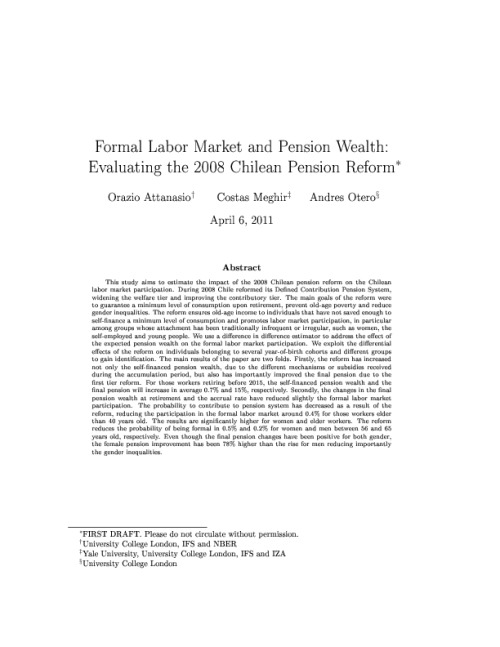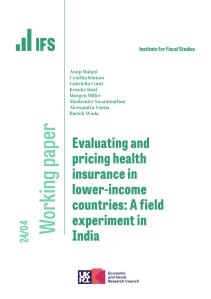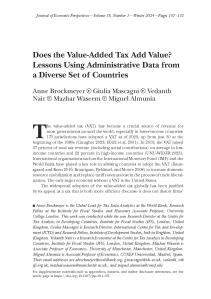This study aims to estimate the impact of the 2008 Chilean pension reform on Chilean labour market participation. During 2008, Chile reformed its Defined Contribution Pension System, widening the welfare tier and improving the contributory tier. The main goals of the refom were to guarantee a minimum level of consumption upon retirement, prevent old-age poverty and reduce gender inequalities. The reform ensures old-age income for individuals that have not saved enough to self-finance a minimum level of consumption and promotes labour market participation, in particular among groups whose attachment has been traditionally infrequent or irregular, such as women, the self-employed and young people. We use a difference in difference estimator to address the differential effects of the reform on individuals belonging to several year-of-birth cohorts and different groups to gain identification. The main results of the paper are two fold. Firstly, the reform has increased not only self-financed pension wealth, due to the different mechanisms or subsidies received during the accumulation period, but also has importantly improved final pensions due to the first tier reform. For those workers retiring before 2015, self-financed pension wealth and final pensions will increase on average 0.7% and 15% respectively. Secondly, the changes in final pension wealth at retirement and the accrual rate have slightly reduced formal labour market participation. The probability to contribute to the pension system has decreased as result of the reform, reducing the participation in the formal labour market around 0.4% for those workers older than 40 years old. The results are significantly higher for wormen and older workers. The reform reduces the probability of being formal in 0.5% and 0.2% for women and men between 56 and 65 years old, respectively. Even though final pension changes have been positive for both genders, female pension improvement has been 78% higher than the rise for men, importantly reducing gender inequalities.












